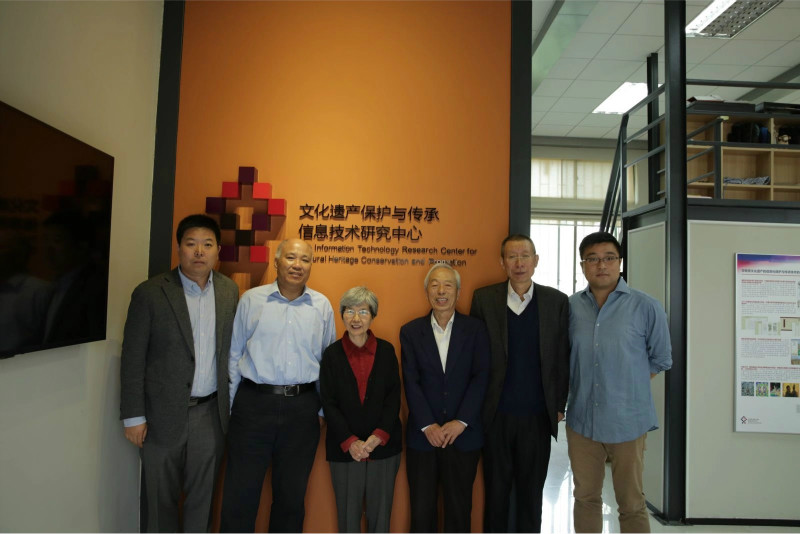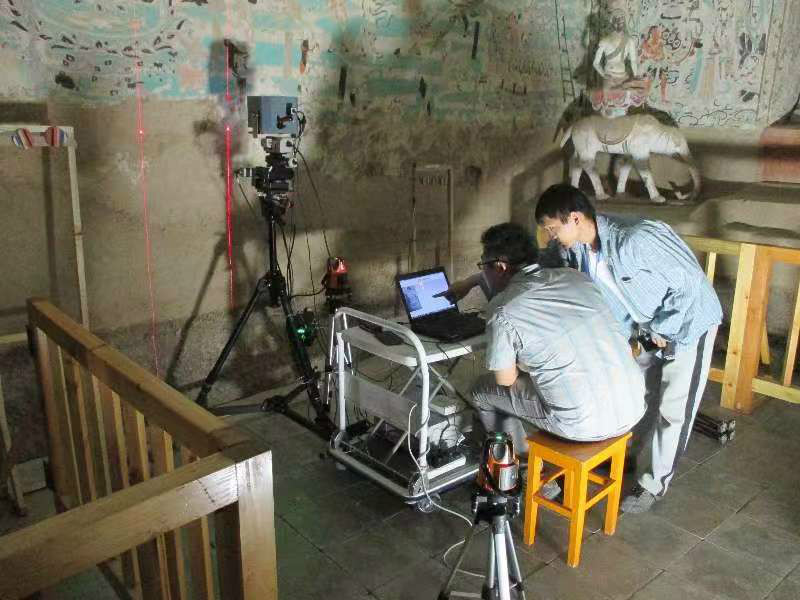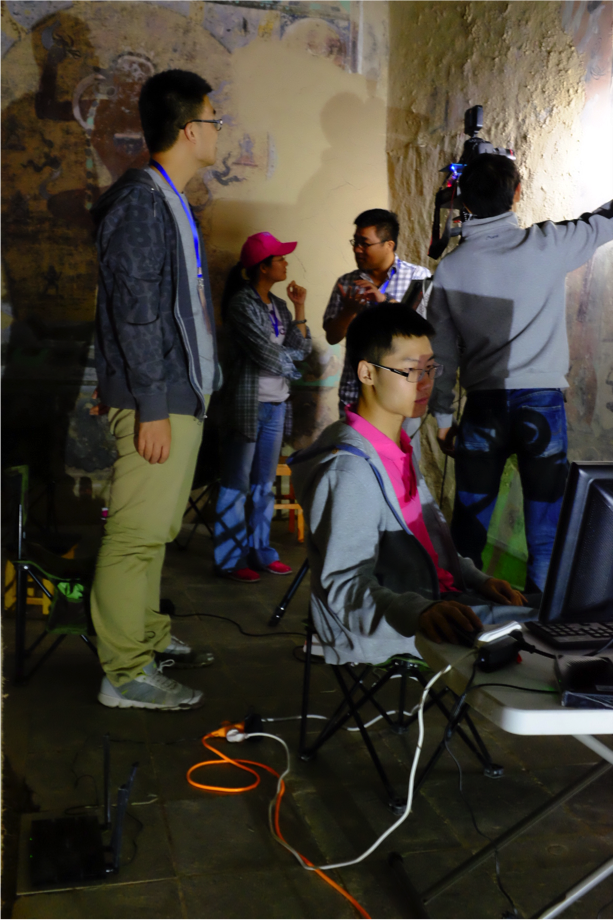The statistics show that China has 767 thousand immovable cultural relics and 108 million pieces of state-owned movable relics. Tianjin Museum Curator Chen Zhuo recently signed an agreement with the Tianjin University School of Life Sciences to better protect precious relics using modern scientific technology.
Aside from extracting flower essence oil and displaying ancient architecture 3-D structure through digital technology, Tianjin University researchers also used Artificial Intelligence in reconstruction of cultural relics.
Lacking protection technology, irreparable damage still happens despite the strict protection given to extremely precious relics like the Dunhuang Frescoes and the Xuankong Temple. It’s always too late when people appeal for “rescue protection”. The idea of “preventive care” was proposed in the world of relics previously, but people couldn’t find appropriate ways to implement it. Artificial Intelligence is one of the most advanced technologies of the 21st century, which can not only change the future, but also benefit relics research and protection.

The team at the Tianjin University Information Technology Research Center for Cultural Heritage Conservation and Promotion, led by three professors, Sun Jizhou, Zhang Jiawan, and Feng Wei, using modern information technologies like Artificial Intelligence, spent 10 years dedicated to reviving and restoring the heritage of these relics. These scientists who work with computers every day, have now become pioneers of human cultural relics protection.
“We used to rely on simulations in the laboratory, but the reality is more complicated.” Zhang Jiawan said. Without the advanced testing methods and data, they couldn’t find the connection between relics and complex environments. In order to break the “bottleneck” in relics protection, the team developed preventive protection technology with the core of “Cultural Relics Ontology and Risk Source Association Model”. The same technology has been applied in heritage sites, such as the Dunhuang Academy, the Summer Palace and the Labuleng Temple.

Cooperating with the Dunhuang Academy, the Zhang Jiawan team selected 11 caves and 47 monitoring points and kept on monitoring murals and painted artifacts. They gave full consideration to typical diseases that Dunhuang relics are easily infected with and cavern distribution and used Artificial Intelligence technology like micro-monitoring and image analysis. By doing this, they acquired scientific reference data.

According to the monitoring and data analysis of part of the Mogao Grottoes murals during from 2014 to 2016, Feng Wei discovered tiny changes of 0.1 millimeters in the murals in one year. This result was considered a significant breakthrough in the field of relic protection by related experts.
“Only by comparing the before-and-after changes, could we know how the murals broke.” Zhang Jiawan said, “Previously, we only monitored the environment and forgot the relics. We ignored the interactions between the relics and the environment, but we have finally solved this problem.”
Now, the 20-person team is going around the country and protecting the ancient civilization by modern information technology. Zhang Jiawan hopes that there will be more natural science researchers adding modern technology to protect museum relics, “Let relics collected in museums, heritage displayed on the spacious land and the words written in ancient books come alive.”
By: Yang Sijia
Editors: Sun Xiaofang and Keith Harrington






